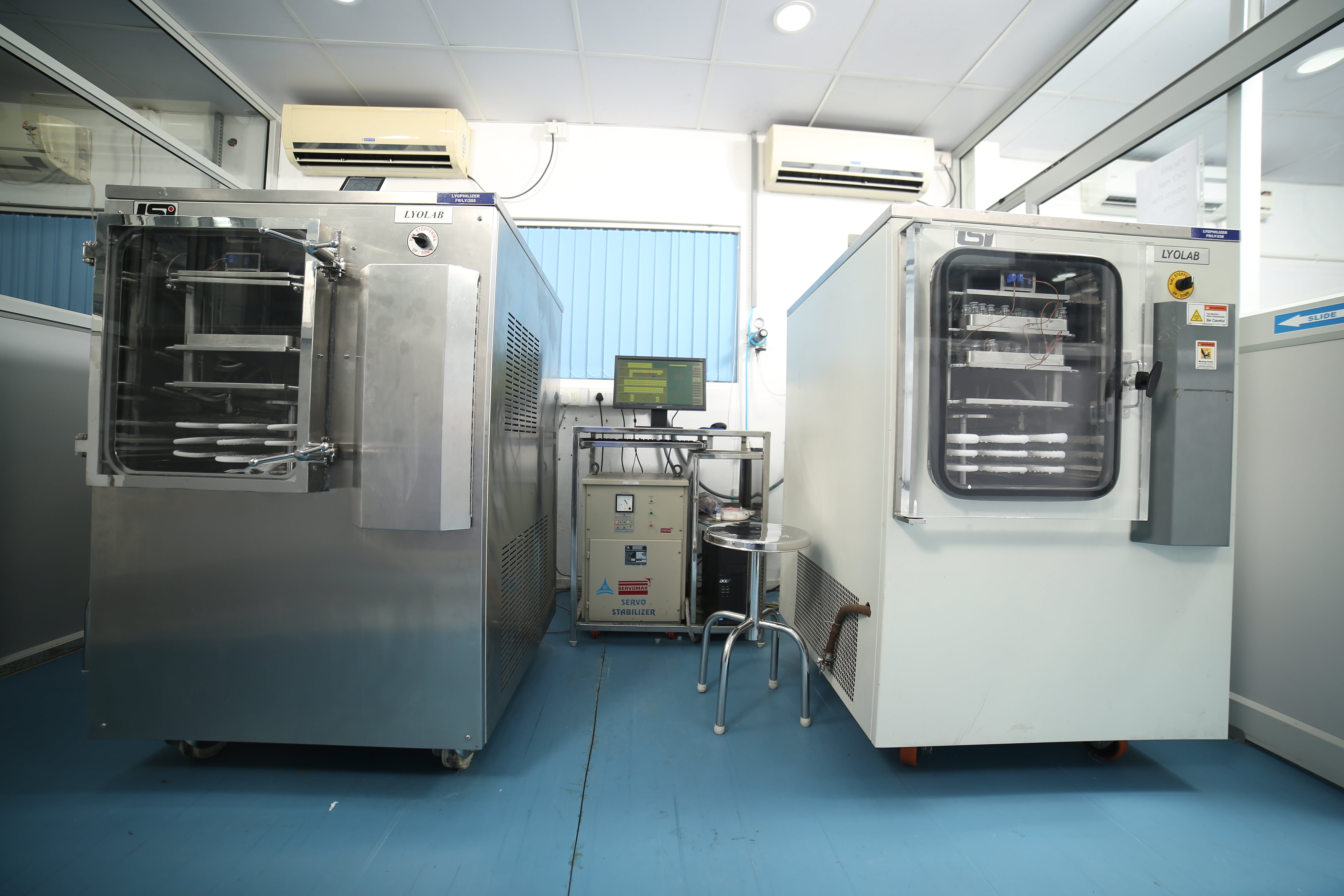
Parenteral medications are drugs administered via injection, bypassing the gastrointestinal tract. This method offers several advantages, including rapid onset of action, precise dosing, and suitability for patients unable to take oral medications. However, it also carries a higher risk of adverse effects, requiring proper training and sterile techniques for administration.
This section details the various types of parenteral routes of administration and considerations for their use.
Parenteral formulations are available for a wide range of therapeutic classes, including:
Disclaimer: This information is for educational purposes only and should not be considered medical advice. Always consult a healthcare professional for diagnosis and treatment of any medical condition. Improper administration of parenteral medications can have serious consequences.